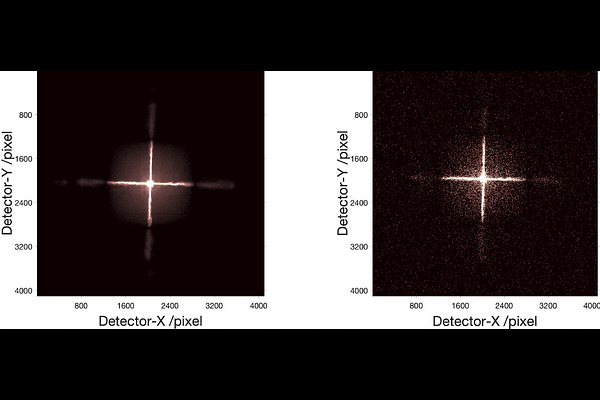In-flight calibration of the Lobster Eye Imager for Astronomy

In-flight calibration of the Lobster Eye Imager for Astronomy
Huaqing Cheng, Hai-Wu Pan, Yuan Liu, Jingwei Hu, Haonan Yang, Donghua Zhao, Zhixing Ling, He-Yang Liu, Yifan Chen, Xiaojin Sun, Longhui Li, Ge Jin, Chen Zhang, Shuang-Nan Zhang, Weimin Yuan
AbstractThe Lobster Eye Imager for Astronomy (LEIA), as a pathfinder of the Wide-field X-ray Telescope (WXT) onboard the Einstein Probe (EP) satellite, is the first lobster-eye focusing X-ray telescope with a considerably large field-of-view (FoV) ever flown. During the two and half years of operations, a series of calibration observations were performed, to fully characterize its performance and calibrate the instrumental properties. In this paper, we present the results of the in-flight calibration campaign of LEIA, focusing on the properties of the PSF, source positional accuracy, effective area, energy response and the instrumental background. The calibration sources used are the Crab nebula, Sco X-1 and Cassiopeia A supernova remnant. Specifically, it is found that the spatial resolution remains almost unchanged compared to the pre-launch values, ranging from 3.6'-9.3' with a median of 5.9'. The post-calibration source positional accuracy is found to be ~2' (at the 90% C.L.). The Crab spectra can be well reproduced by the absorbed power-law model with the best-fit parameters in large agreement with the literature values, indicating that the in-orbit effective area is overall consistent with the model predictions and ground measurements. The effective area exhibits a systematic of $\lesssim10\%$ (at the 68% C.L.), and a mild deterioration of ~15% at the lower energy end after one year of operation. The Cas A spectral analysis shows that the energy scale and spectral resolution of the detectors are generally consistent with ground values. The instrumental background is found to be largely consistent among the four detectors, with strong modulations by the geomagnetic activity and the spectrum qualitatively consistent with our previous simulations. These instrumental performances well meet the design requirements. This work paves the way for the in-orbit calibration of the EP-WXT.